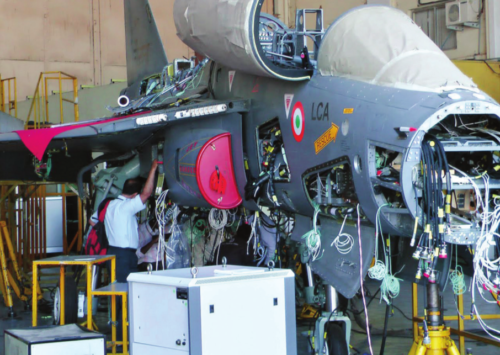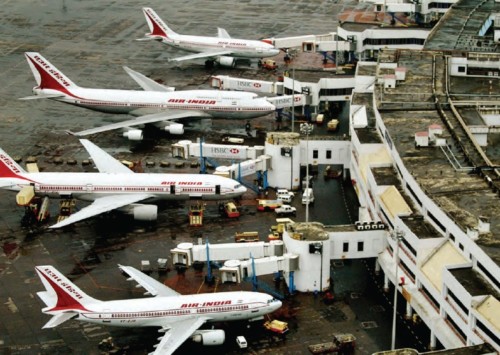Finally, India gives wings to its aviation sector
Biz@India
After a delay of over a decade, India has unveiled its new civil aviation policy, which aims to overhaul the civil aviation sector, by focusing on four pillars of competition, connectivity, consumers and global investments.
The new policy has been cleared after a long debate and consultations with various stakeholders and got its final seal of approval at the meeting of Union Cabinet chaired by Prime Minister Narendra Modi on Wednesday.
“We need more airlines, more aircraft serving our skies, so if more airlines want to come to India they are welcome,” aviation minister Ashok Gajapathi Raju announced giving details of the fine print of the new policy.
He also tweeted: “India will be the 3rd largest civil aviation market by 2022. To achieve this, we need right intentions, vision, planning and execution.” He followed it with another, praising the NDA government for clearing India’s first ever integrated National Civil Aviation Policy. “This will be a game-changer for the sector,” he asserted.
At present only 2 percent of Indians take to the skies. The policy seeks to create an eco-system to handle 300 million domestic passengers by 2022 and 500 million by 2027, and 200 million international travellers by 2027.
In the new policy, one of most contentious parts of the earlier policy, the infamous 5/20 rule, stands scrapped.
What is 5/20 rule?
It restricted overseas operations to only those Indian carriers that had at least five years of domestic flying experience and a fleet of at least 20 aircraft, keeping the lucrative overseas markets off the reach of many new domestic players and allowing a sort of oligopoly to prevail. It also resulted in Indian carriers not being able to use all their quota in most bilateral pacts, while the overseas players quickly exhausted their quotas, forcing the government to increase their quota, hurting the Indian carriers even more. This rule stands scrapped now.
“The questionable legacy of 5/20 rule has been thrown into the dustbin today,” Telecom minister Ravi Shankar Prasad said, announcing the cabinet decision
As a result new entrants such as Vistara and AirAsia, in both of which the Tata group has a stake, will stand to gain, while the losers will be older airlines such as IndiGo, Jet Airways, SpiceJet and Go.
With amendment to 5/20 rule aviation experts expect the sector to attract new entrants. Dhiraj Mathur, PwC India’s Partner for aerospace and defence observes: “There are two clear key takeaways from the new policy. The first is a focus on increasing competition in the market by amending the 5/20 rule. The second is improving regional connectivity through a slew of measures that include the Regional Connectivity Scheme (RCS), improving infrastructure and building low cost airports, involving state governments through commitments on providing free services and low taxes to these low cost airports and lower level of taxation on MRO,” he said.
Cheaper Air Fares ?
The policy has also approved a cap on ticket rates for short-span flights: Any travel with 30-minute air time will have a cap at Rs 1,500 and those with one-hour air time at Rs 2,500. This might help cap domestic fares, which tend to flare to dizzying heights during rush periods around national holidays.














